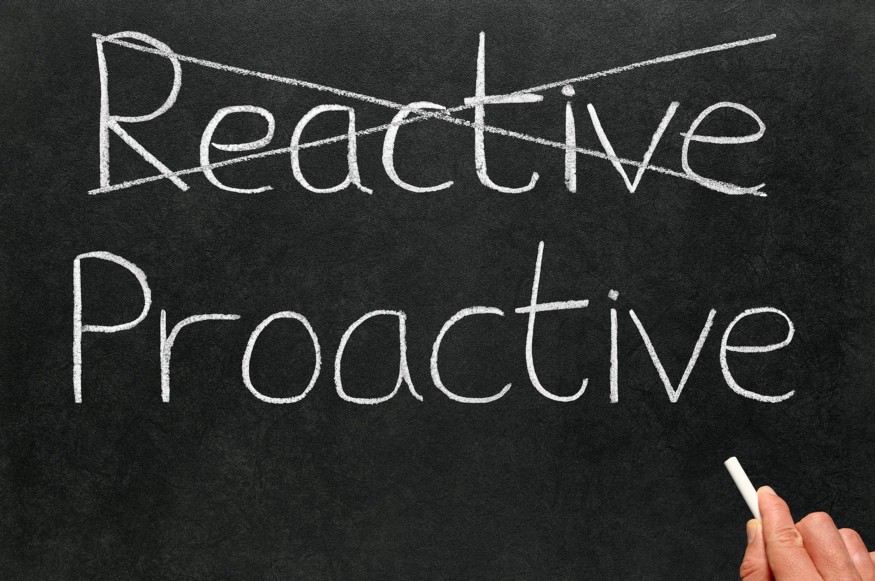August 10, 2025|ט"ז אב ה' אלפים תשפ"ה Vaeschanan 5785 - Be Who You Want Them to Be
Print ArticleThis week, we are introduced to one of the most famous texts in all of Judaism, the first paragraph of שְׁמַע.
Among many lessons taught in the שְׁמַע, is the mitzvah of teaching Torah to our children:
וְשִׁנַּנְתָּם לְבָנֶיךָ וְדִבַּרְתָּ בָּם בְּשִׁבְתְּךָ בְּבֵיתֶךָ וּבְלֶכְתְּךָ בַדֶּרֶךְ וּבְשָׁכְבְּךָ וּבְקוּמֶךָ: (פּרק ו פּסוק ז)
You should teach it to your children and speak about it when you are sitting in your home, walking on the way, lying down, and getting up.
And then, the Torah adds:
וּקְשַׁרְתָּם לְאוֹת עַל יָדֶךָ וְהָיוּ לְטֹטָפֹת בֵּין עֵינֶיךָ: (פּרק ו פּסוק ח)
And you should bind them as a sign on your arm and between your eyes.
This refers to the mitzvah of tefillin. What is interesting, though, is that in the second paragraph of the שְׁמַע, which we will read in next week’s parsha, עֵקֶב, there is a similar message, though taught differently.
In עֵקֶב, we are told:
וְשַׂמְתֶּם אֶת דְּבָרַי אֵלֶּה עַל לְבַבְכֶם וְעַל נַפְשְׁכֶם וּקְשַׁרְתֶּם אֹתָם לְאוֹת עַל יֶדְכֶם וְהָיוּ לְטוֹטָפֹת בֵּין עֵינֵיכֶם: (פּרק יא פּסוק יח)
To bind them as a sign on your arm and between your eyes.
And then we are told:
וְלִמַּדְתֶּם אֹתָם אֶת בְּנֵיכֶם לְדַבֵּר בָּם בְּשִׁבְתְּךָ בְּבֵיתֶךָ וּבְלֶכְתְּךָ בַדֶּרֶךְ וּבְשָׁכְבְּךָ וּבְקוּמֶךָ: (פּרק יא פּסוק יט)
And you should teach them to your children to speak about them…
At first, this seems identical: the mitzvah to teach Torah to your children and the mitzvah of tefillin. It is, except that in the first paragraph of שְׁמַע we are told first to teach Torah and then about tefillin, whereas in the second paragraph the order is reversed. First tefillin, then teaching Torah.
Rabbi Benjamin Yudin explains this by noting that in the first paragraph, וְשִׁנַּנְתָּם לְבָנֶיךָ refers to students, not biological children, as Rashi points out. In the second paragraph, בְּנֵיכֶם refers to one’s actual children.
A teacher’s primary job is to teach, then to demonstrate the mitzvah in practice. A parent’s role is different. When raising children, the first priority is to model behavior, then to teach. In other words, children learn more from seeing what their parents do than from what they are told.
The Navi in Sefer Shoftim tells how the parents of Shimshon were instructed by a Malach about the laws that would govern their son’s life. When Manoach questioned why these rules applied to him, the Malach responded that the only way their son could live this life was if they lived it with him.
Rav Moshe Feinstein illustrated the same point. When a father tried to teach his son how to daven by shushing him during tefillah, Rav Moshe told him, “Don’t shush, just daven, and he’ll learn to daven by watching you.”
Children best absorb values when they see them lived authentically. If we want them to be honest, we must be honest. If we want them to speak kindly, we must speak kindly. If we want them to live a joyful life of Torah and mitzvos, we must live joyfully in Torah and mitzvos ourselves.
Rav Yisrael Meir Druk notes in פּרק י פּסוק ב of בֹּא:
וּלְמַעַן תְּסַפֵּר בְּאָזְנֵי בִנְךָ וּבֶן בִּנְךָ אֵת אֲשֶׁר הִתְעַלַּלְתִּי בְּמִצְרַיִם וְאֶת אֹתֹתַי אֲשֶׁר שַׂמְתִּי בָם וִידַעְתֶּם כִּי אֲנִי יְקֹוָק:
So that you will tell your children and grandchildren what happened in Egypt… and you will know that I am Hashem.
It should say “they will know,” yet it says, “you will know.” When we prepare to teach our children, we end up strengthening our own connection to Hakadosh Baruch Hu.
We must teach and model. There is no guaranteed formula, but if we live our values authentically and consistently, we can be confident that we have given our children the best possible example to follow.




